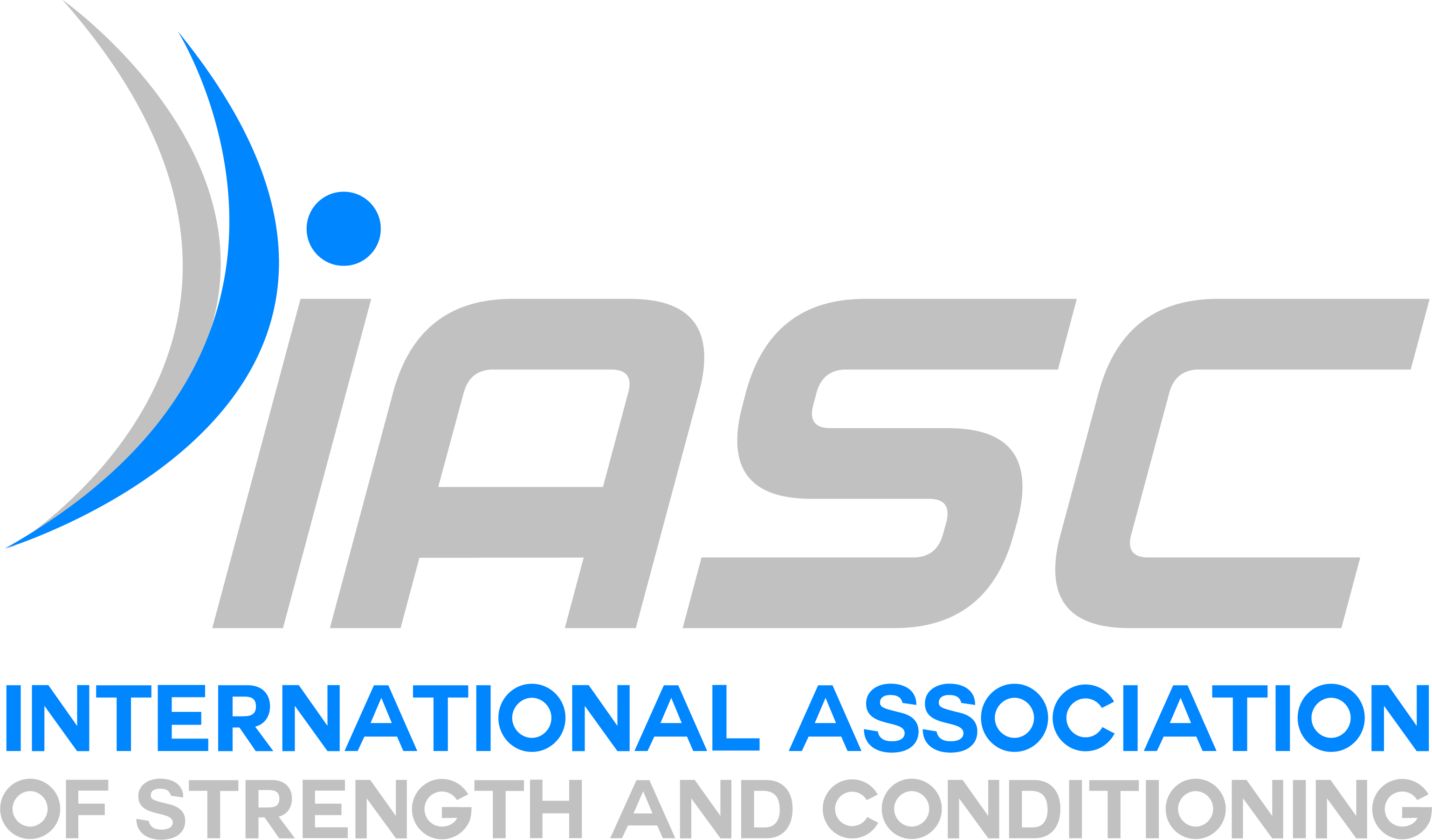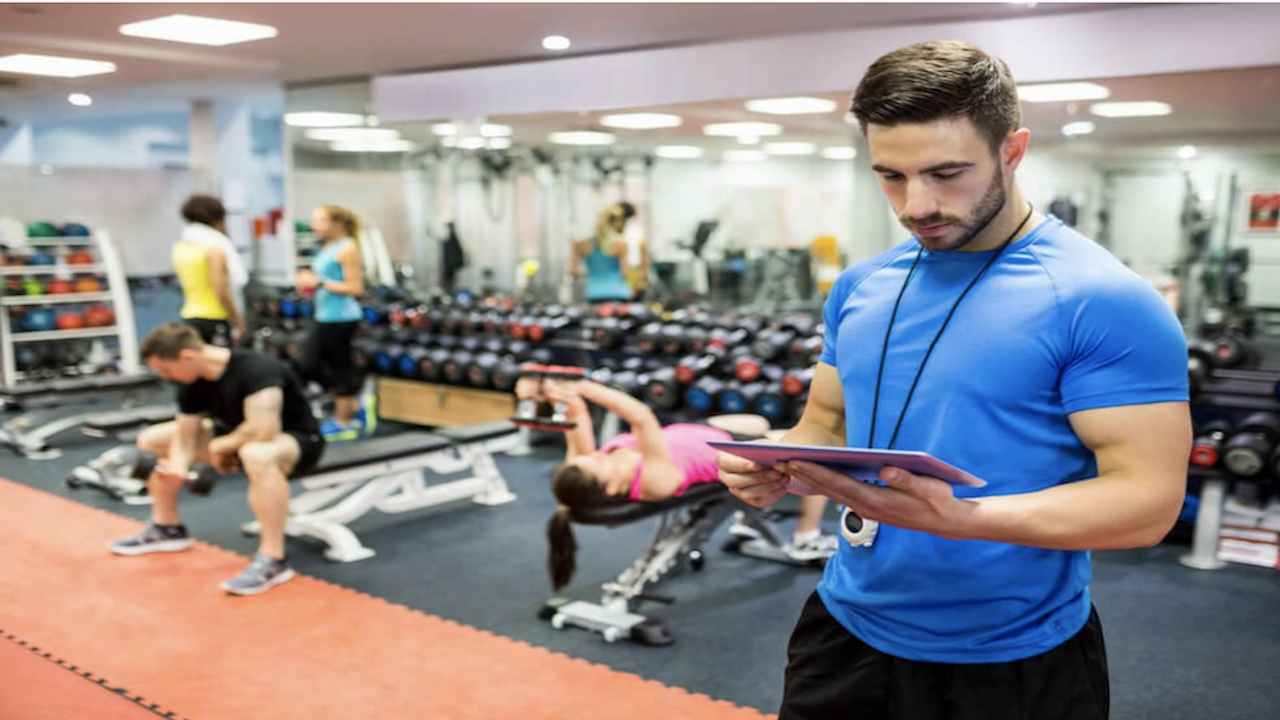When walking around any track, fitness gym, or field, you always see different kinds of warm-ups prior to the start of physical activities. It seems that few aspects of training are as universally accepted as the need to warm up. Given that the warm-up is widely accepted, it might seem intuitive that there would be a wealth of published literature on the rationale for a warm-up and how to do it; yet, this is not the case.
Warm-ups increase blood flows into the involved muscles and elevates muscular temperature, which is performed for 10 to 20 minutes before the main exercise. Performing warm-ups can lower the risk of injuries in the muscles and tendons, as well as reduce heavy loads on the heart, which can occur when high-intensity exercises are suddenly started (Powers et al., 2013).
Warm-up is intended to perform the following two major functions: (i) improve a muscle’s dynamics so that it is less inclined to injury, and (ii) prepare the athlete for the demands of exercise.
For years, warm-ups have been designed in a two-part structure, including a general part followed by a specific part. However, recently, a much better variety of warm-up routines have been used. Many coaches and trainers realized that a warm-up is a powerful part of training, but designing an effective warm-up requires mixing scientific knowledge with an understanding of the unique needs of the individual.
The injury-reduction and performance benefits of a proper warm-up have been vetted by meta-analysis; most of these advantages can be attributed to the physiological benefits of increased temperature within muscle tissue. therefore, coaches need to ensure that core thermogenesis is a high priority during any preparatory phase of training.

Pre-workout warm-ups play a very effective and critical role in preparing the body for activity and assisting in full recovery. In the field of games or a client warm-up is the essential part before the start of any physical activity. Warm-up exercise is a Preparatory activity for preparing the body physiologically and psychologically and Minimizing the incidence of injuries.
The warm-up should be structured in such a way that the individual experiences an increase in muscle temperature, but does not experience a significant decrease in high-energy phosphate availability. The intensity of the warm-up should be tailored to meet the needs and abilities of each individual.
Do we need to warm-up?
It is a primarily preparatory activity in which through physiological and psychological preparation, an athlete adjusts himself for the full fill men to the main activity. It is very essential to warm up the body before starting any type of activity.
Warm-up is a reparatory activity for preparing the body, physiologically and psychologically, and also minimizes the chance of muscle, joint, and bone injuries. Warming up is necessary for every performer who performed the performance on the stage, playground, etc., and very important before the start of any activity to prepare himself/herself to achieve the main goal. It prepares the muscles for high-intensity exercise or activity.
When an athlete/client starts to exercise, the cardiorespiratory and neuron muscular system and metabolic energy pathway of the athlete/client are stimulated. Muscles contract and to meet the increasing demands of oxygen, athletes’ heart rate blood flow, cardiac output, and breathing rate increase. Blood moves faster through the arteries of the Athletes and is slowly routed to working muscles. The temperature of the body Increase and more oxygen is released quickly increasing the temperature of the muscles. In these actions, muscles use glucose and fatty acids to burn calories and provide energy for physical activity. This process prepares the athletes for strenuous actions and also helps to reduce the change of injuries.
References:
- Ian Jeffreys (2016). The Warm-Up: Maximize Performance and Improve Long-Term Athletic Development. Human Kinetics.
- Krista Woods, Phillip Bishop and Eric Jones(2007). Warm-Up and Stretching in the Prevention of Muscular Injury.
- Hyoung-Kil Park (2018). The effect of warm-ups with stretching on the isokinetic moments of collegiate men. Journal of Exercise Rehabilitation 2018;14(1):78-82
- J Matt McCrary, Bronwen J Ackermann, Mark Halaki(2015). A systematic review of the effects of upper body warm-up on performance and injury.







